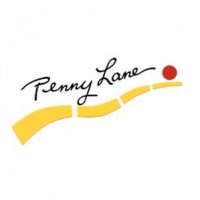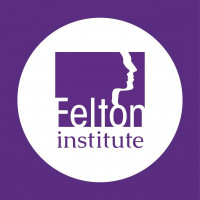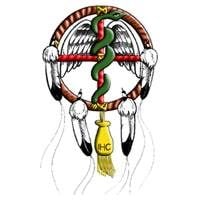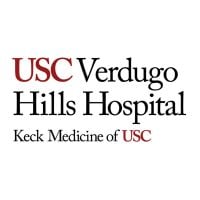Drug and Alcohol Abuse Treatment in California
In 2009, 23,284 people entered alcohol rehabilitation, and an additional 19,832 people went to treatment for alcohol usage combined with a secondary drug. In total, alcohol-related problems cost the state more than $32 billion per year. California law enforcement seized 14,732 pounds of the drug methamphetamine in 2015. Every year the government of California seizes roughly 800 pounds of heroin, 5,000 pounds of methamphetamine, 413,000 lbs of marijuana, and 18,000lbs of cocaine.
More than 15% of high school students in California admit to binge drinking and more than 2.3 million people over age 12 admit to alcohol abuse or dependency. In 2018, an estimated 45% of drug overdose deaths in California involved opioids. There was a 60% increase in synthetic opioid (other than methadone) usage.
Find Drug, Substance, and Alcohol Treatment in California
The first rehabilitation goal is to find a clear path to meet your specific needs. Your California facility should be accredited and approved irrespective of the treatment you need. Program personnel should include a trained and licensed toxicology physician and therapist. Here we list all of the best opioid rehab facilities and centers in California, many with exclusive services of their own.
California‘s Need To Know
We are here to educate you on the issues in California, there are a lot of statistics but we made a short list of the information we found the most impactful.
- The percentage of California’s population (26+) abusing alcohol placed the state among the 10 highest in the US. (2006)
- In one city alone, 52% of felony arrests were related to methamphetamine.
- 15% of high school students in California admit to binge drinking and more than 2.3 million people 12+ admit to alcohol abuse or dependency.
- ~500,000 California residents abuse methamphetamines.
You’re not in this alone, call an admissions expert.
Substance abuse and addictions impact so many people and their families in California. We know it is devastating for any mother or father, partner or close friend to experience someone treasured struggle with addiction.
Free + Confidential Test Consultation
Penny Lane Centers - Los Angeles
Penny Lane Centers - Los Angeles is an accredited addiction treatment center that provides comprehensive psychiatric care and evidence-based treatments, such as cognitive behavioral therapy, psychotherapy, pharmacological interventions, and other holistic approaches to recovery, to individuals struggling with mental health issues.

Felton Institute - Franklin Street
Felton Institute - Franklin Street in San Francisco, California is a respected addiction treatment facility offering comprehensive and personalized care for individuals struggling with drug addiction and mental health issues, with a commitment to guiding and supporting them towards a healthier and substance-free future.
Indian Health Center
The Indian Health Center in San Jose, CA has been providing comprehensive addiction treatment and dual diagnosis services since 1977, including both outpatient and residential levels of care for individuals suffering from alcohol, opioid, and drug addiction.
The Crosby Centers
The Crosby Centers in Escondido, California provide comprehensive addiction treatment with state-of-the-art services and compassionate care to assist individuals in gaining the skills needed to maintain sobriety and achieve long-term recovery success.
Sierra Vista Child and Family Services - McHenry Village Way
Sierra Vista Child and Family Services - McHenry Village Way is a fully accredited and licensed addiction treatment center that offers comprehensive services such as dual-diagnosis programs and various levels of care, including outpatient options, to individuals struggling with mental health, substance abuse, alcohol dependence, and opioid addiction; they also accept most private health insurance plans for easy access to quality care.


Located in San Jose, CA, First Street is a comprehensive drug rehabilitation center that provides personalized programs to help individuals suffering from mental health issues, opioid dependence, alcohol abuse, dual diagnosis, substance abuse, and drug addiction; with the added benefit of accepting private health insurance as payment.
Verdugo Hills Hospital in Glendale, CA is a leading mental health provider offering inpatient and outpatient care, specializing in women's issues, marital and premarital, and prenatal/postpartum care, using various evidence-based treatments and therapy models, and accepting private health insurance to make it more accessible and affordable for patients in need.
Lead Recovery Center in Costa Mesa, California, is a prestigious addiction treatment facility that offers a comprehensive range of treatment options, including dual-diagnosis treatment, detoxification services, inpatient care, and outpatient programs, and accepts private health insurance.
Teen Challenge - Alum Rock Women & Children's Center
The Alum Rock Women & Children's Center is a drug rehab facility offering inpatient, residential, and aftercare support and accepting private health insurance.
El Dorado Community Service Center - Fort Help Mission
The El Dorado Community Service Center - Fort Help Mission is an accredited addiction treatment facility in San Francisco, CA offering a range of services, family support groups, aftercare planning and accepting private health insurance to help those suffering from alcoholism and opioid addiction achieve long-term sobriety.

Browse Specific California Cities
Currently, there are over 3884 different centers in our facility directory within the state of California for people needing help with drug and alcohol addiction, please select your city below.
California Cities with Most Centers
- Los Angeles, CA (316)
- San Diego, CA (141)
- San Francisco, CA (128)
- San Jose, CA (95)
- Sacramento, CA (72)
- Oakland, CA (69)
- Fresno, CA (65)
- Long Beach, CA (59)
The Impact of Addiction in California
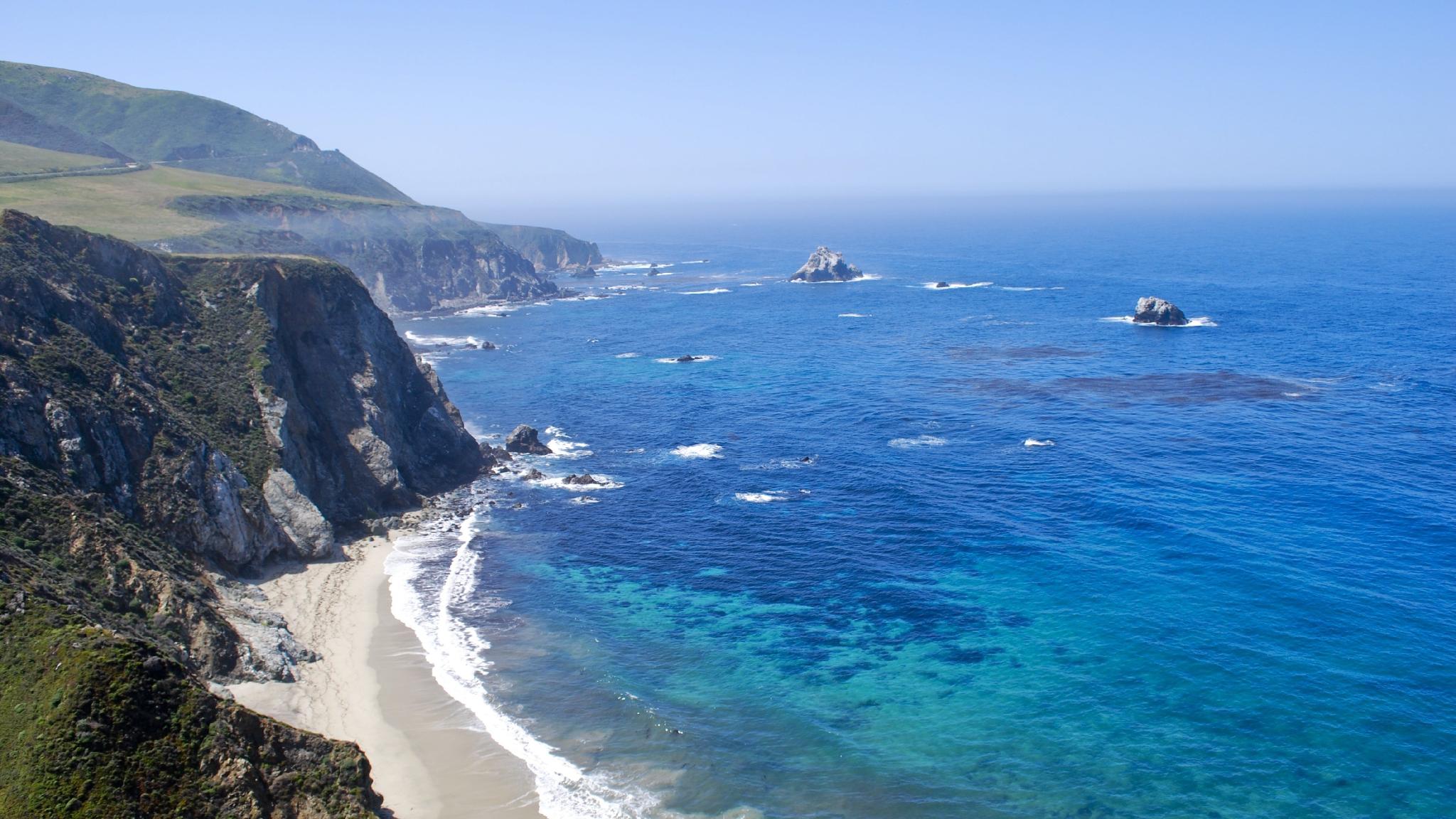
California is a treasure chest of spectacular landscapes, super cool cities, creative dining and theme parks. The Sierra Nevada is an incredible playground for skyscrapers, soaring sequoias and plummeting waterfalls. The Napa and Sonoma Valleys yield excellent wines, but keep the quaffing before you ride Disneyland ‘s spinning teacups. Celebrity spotting in trendy boutiques, exclusive restaurants, or even a gas station in Los Angeles is a routine and enjoyable occurrence. The state is home to the highest peak in the lower 48 states, Mt Whitney, and the lowest point in North America at 86 meters below sea level.
Due to its size and population, California deals with one of the largest substance abuse problems in the United States. Of the 63,632 documented deaths attributed to drug overdose by the U.S. Centers for Disease Control and Prevention in 2016, a total of 4,674 occurred in the state of California. More than 3 million of California’s citizens are addicted to illegal drugs. It has been estimated that nearly 800,000 people use hard drugs, almost 5 million use marijuana, and another 2.1 million abuse alcohol every year.
California is a great place to visit and live, of course, but it does have drug abuse problems like all other states.
Addiction issues that impact large cities such as Los Angeles and San Bernardino are quite different from those that affect rural areas of the state. Other substance abuse issues such as binge drinking and teen drug use are also common. California is especially vulnerable to drug smuggling because of its unique location. Many illegal drugs such as cocaine, heroin, methamphetamine, and marijuana are smuggled into the state from Mexico.
Fortunately, in comparison to other states, California’s opioid death rate is among the nation’s lowest. According to the National Institute on Drug Abuse’s California Opioid Summary, there were 2,199 overdose deaths involving opioids in 2017. California was also the first state in the U.S. to endorse a prescription drug monitoring program (PDMP). However, because such few physicians participated, Governor Jerry Brown signed legislation requiring all opioid prescribers to check the database before prescribing controlled substances. Throughout the years, California’s lawmakers and health professionals have implemented a variety of programs to reduce the rates of statewide substance abuse.
Worst Drugs in California
- In 2005-2006, the percentage of California’s population (age 26 and older) abusing alcohol placed the state among the 10 highest in the entire country. In 2009, 23,284 people entered alcohol rehabilitation, and an additional 19,832 people went to treatment for alcohol usage combined with a secondary drug. In total, alcohol-related problems cost the state more than $32 billion per year.
- About 500,000 California residents abuse methamphetamine, which is the primary drug threat in the state. In one city alone, 52% of felony arrests were related to methamphetamine. California law enforcement seized 14,732 pounds of the drug in 2015.
- According to the 2015-2016 National Survey on Drug Use and Health, cocaine use by California residents is significantly higher than the national average. The Treatment Episode Data Set (TEDS), reported that in 2009 approximately 23,284 people entered treatment for smoking cocaine, and an additional 2,903 ingested cocaine via other means.
- In 2009, TEDS reported 28,404 Californians entered drug treatment for heroin dependence. Of that number, approximately 69.6% were males while 30.3% were females. The largest age group in treatment for heroin addiction was between 46-50 years old. Based on data by the National Institute on Drug Abuse, heroin-involved overdose deaths in California increased from 593 in 2012 to 778 reported in 2018.
- According to the 2015-2016 National Survey on Drug Use and Health, the rate of marijuana use in California is slightly higher than the national average. In 2009, TEDS reported 34,597 people were admitted into treatment for marijuana abuse. Of those admitted, 50.2% ranged between the ages of 12-17 years old and 70.5% were male while 29.5% were female.
Ten Impactful Addiction / Drug Abuse Statistics
- The amount of cocaine seized along the California portion of the Southwest border has steadily increased between 2001 to 2010. Methamphetamine seizures also continue to increase. The amount of marijuana seized over time, on the other hand, has declined.
- Every year the government of California seizes roughly 800 pounds of heroin, 5,000 pounds of methamphetamine, 413,000 pounds of marijuana, and 18,000 pounds of cocaine.
- According to America’s Health Rankings, 17.6% of Californian adults reported either binge drinking (taking at least 4 [women] or more than 5 [men] drinks per occasion within the last 30 days) or chronic drinking (taking at least 8 [women] or more than 15 [men] drinks per week).
- At least 15% of high school students in California admit to binge drinking and more than 2.3 million people over age 12 admit to alcohol abuse or dependency.
- More than $60 million was spent in one year alone to incarcerate marijuana offenders in the state of California. Each inmate costs the state approximately $45,000 for a 13-month sentence. Every year, state law enforcement seizes about 413,000 pounds of marijuana.
- In 2018, an estimated 45% of drug overdose deaths in California involved opioids. Among those deaths, there was a 60% increase in synthetic opioid (other than methadone) usage from the previous year.
- Relative to population, California’s overdose deaths have not increased in recent years to the extent observed in other states. When ranked against the rest of the country, California’s overall figures are the seventh-lowest in the United States.
- The incidence rate of Neonatal Abstinence Syndrome (NAS)/ Neonatal Opioid Withdrawal Syndrome (NOWS) in California in 2017 was 2.5 cases per 1,000 hospital births, which is the most recent data available. NAS or NOWS may occur when a woman uses opioids during pregnancy.
- In 2017, California counted 128,153 diagnosed HIV infected patients. Of those, 13.4% of male cases were attributed to Injection Drug Use (IDU) or male-to-male sexual contact and IDU. Among females, 22.8% were living with HIV attributed to IDU.
- In California, an estimated 318,900 persons are living with hepatitis C attributed to IDU.
It’s not easy, but here’s some help
A licensed treatment center is an opportunity for people to fight off their addiction. Discover an individualized care plan designed to meet specific goals and milestones would give the patient access to successes that can lead to progress and a stable, effective outcome. Home care, hospitalization, intensive rehabilitation, clinical diagnosis, counseling, and behavioral therapy offer the services needed for their drug and alcohol abstinence, wellness, and improved quality of life. Learn more and work with the respective admission teams by contacting any recovery center in California or by communicating with our experts today.
Health Insurance Providers Covering Drug Addiction Treatment
In a report on HealthCare.gov, plans participating in the insurance marketplace are required to provide care in ten healthcare categories, including addiction treatment. Most health insurance policies do not distinguish between drugs in “covered” and “non-covered” categories. If addiction treatment is included as a benefit, then a rehabilitation program is provided to anyone who has an addiction, regardless of what that addiction may be caused by.
In general, most health insurance plans cover a portion of the treatment cost. Specific out-of-pocket expenses depend on the person’s insurance policy and the amount charged by the treatment center. However, in addition to health insurance, many people qualify for other types of assistance. Addiction treatment facilities may offer a sliding-scale fee structure based on income, or there may be grants and scholarships available. A majority of treatment centers will set up payment plans or assist in securing third-party financing in an effort to ensure that cost is not a deterrent to seeking life-saving care.
State Specific Hotlines & Resources
- AIDS Info: (800) HIV-0440
- Al-Anon for the Families of Alcoholics: (800) 344-2666
- Child Protection: (800) 540-4000
- Cocaine Anonymous: (800) 347-8998
- Covenant House: (800) 999-9999
- Disaster Distress Hotline: (800) 985-5990
- Domestic Violence: 800-799-7233 (SAFE).
- Drug and Alcohol Hotline: 1-877-872-0540
- Families Anonymous: (800) 736-9805
- Girls and Boys Town National Suicide Help: (800) 448-3000
- National Child Abuse Hotline: (800) 422-4453
- National Domestic Violence, Child Abuse, and Sexual Abuse Hotline: (800) 799-7233
- National Domestic Violence: (800) 799-7233
- National Eating Disorders Center: (800) 931-2237
- National Institute on Drug Abuse: (800) 662-4357
- National Runaway Safeline: 800-RUN-AWAY
- National Suicide Prevention: (800) 273-TALK (8255) or 800-273-8255
- Poison Control: (800) 222-1222
- Rape, Sexual Assault, Abuse, and Incest National Network (or RAINN): (800) 656-HOPE
- SAMHSA National Helpline: 800-662-HELP (4357)
- SAMHSA: (800) 662-4357
- Sex Information: (415) 989 SFSI
- Veteran’s Crisis Line: (800) 273-8255
- YouthLine: (877) 968-8491
- Drug Helpline: https://drughelpline.org/california/
- Licensed Residential Facilities and/or Certified Alcohol and Drug Programs in California: https://data.chhs.ca.gov/dataset/dhcs-licensed-residential-facilities-and-or-certified-alcohol-and-drug-programs
- SAMHSA California Contacts: https://www.samhsa.gov/capt/about-capt/state-tribe-jurisdiction-contacts/california
- California Department of Health Care Services: https://www.dhcs.ca.gov/Pages/default.aspx
- California Drug Law: https://codes.findlaw.com/ca/health-and-safety-code/hsc-sect-11350.html
